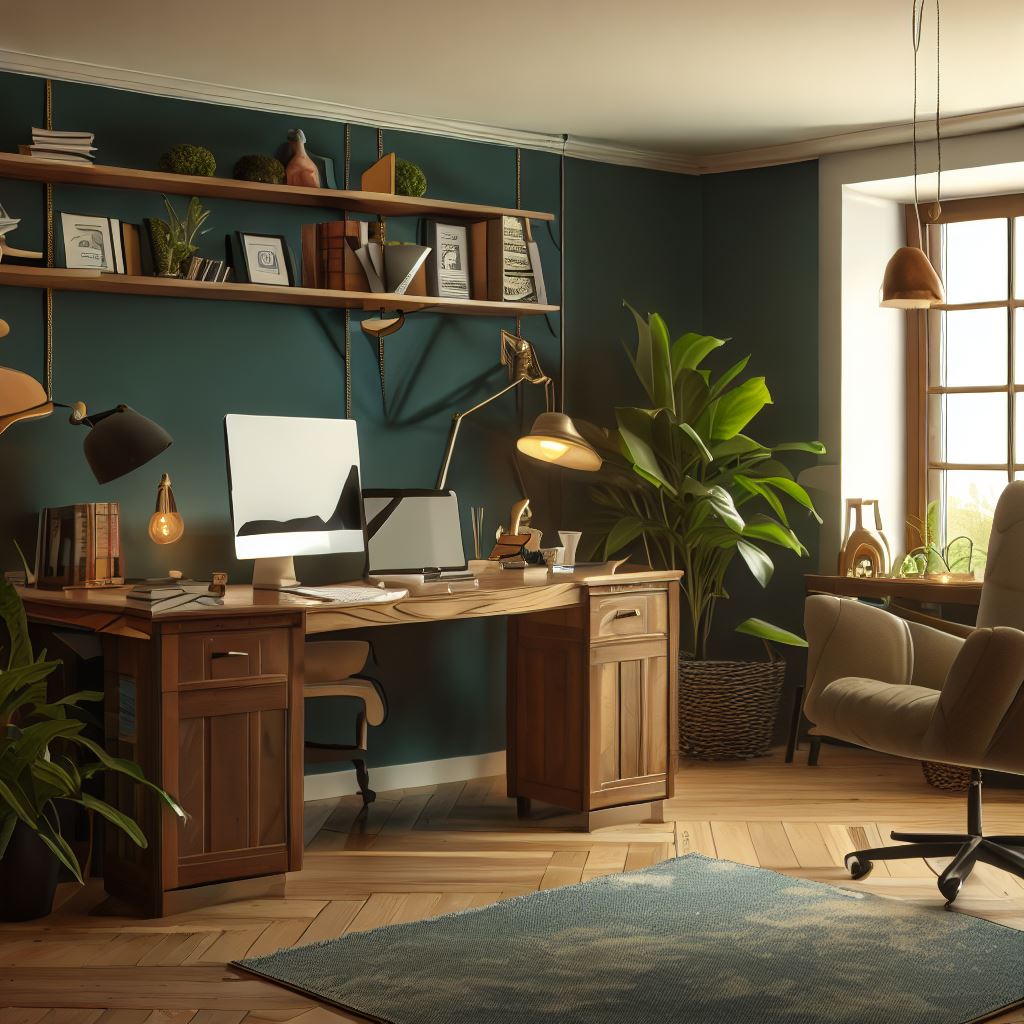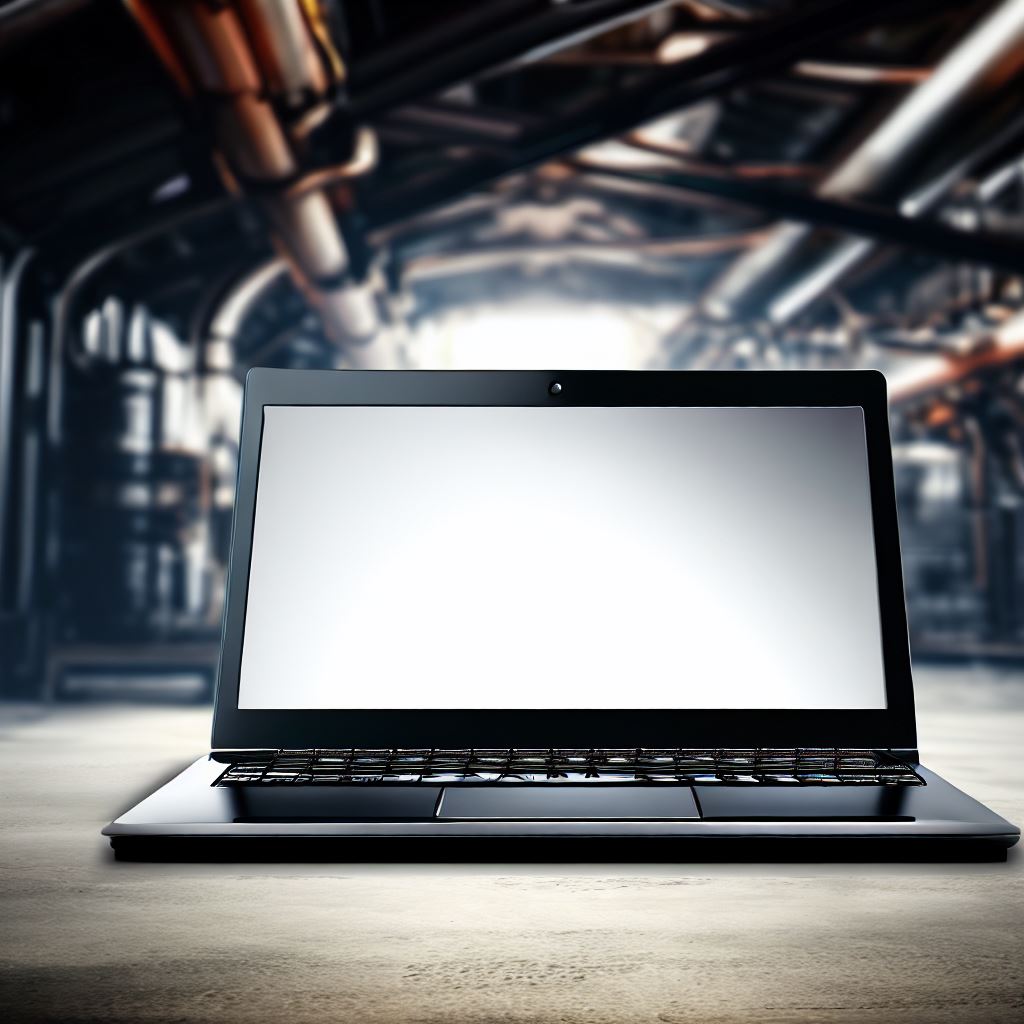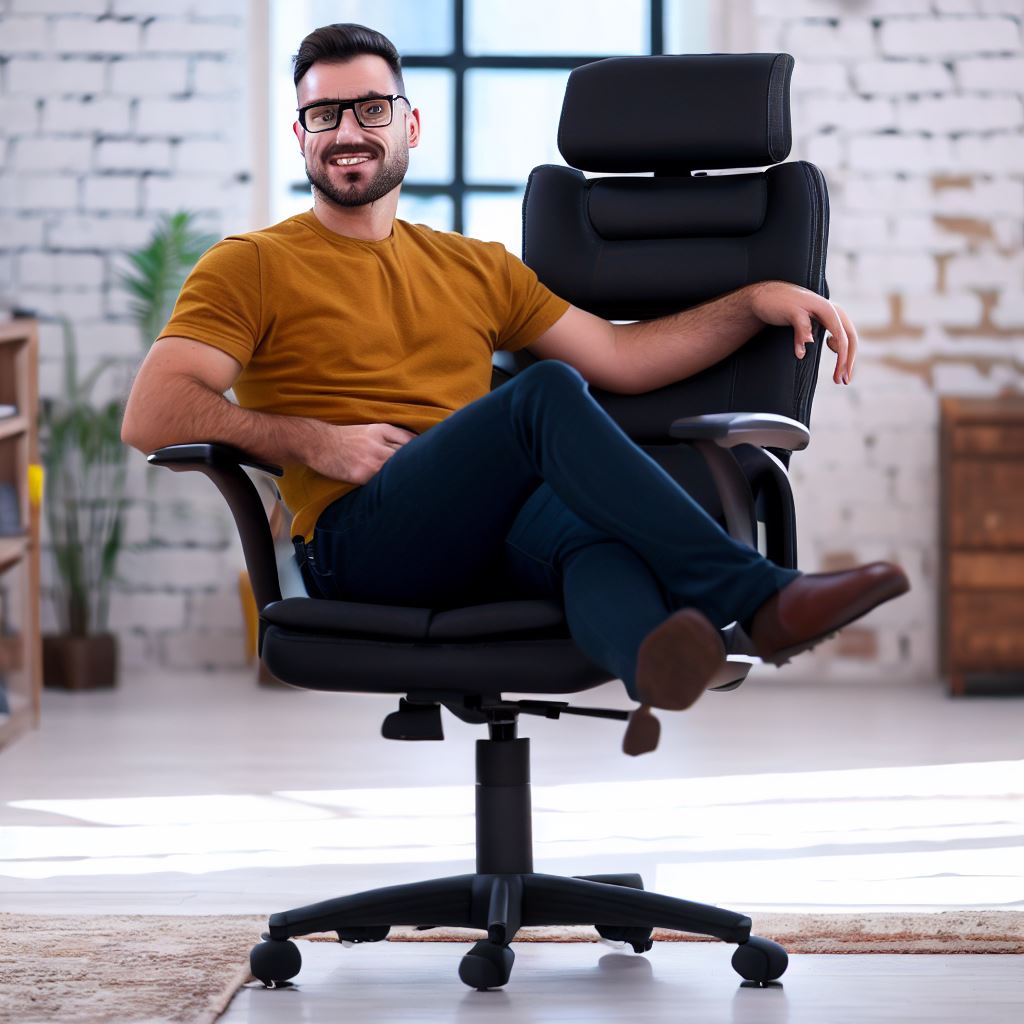The idea of a traditional office has transformed in the wake of global events and evolving workplace dynamics. Remote work (or hybridization) is no longer an outlier but a norm for countless professionals across various industries. While working in pajamas is tempting, setting up an effective remote office requires a bit more effort. Let’s navigate some valuable tips to create a remote office that not only maximizes productivity but also looks and feels comfortable.
Choosing the Right Location
Location, location, location! I’m sure we’ve all heard the saying, and the reason for that is that there is an incredible amount of truth in it; whether you’re opening up a new business, moving to a new neighborhood, or setting up your remote office, the location matters!
Distraction Free Zone
When setting up your remote office location, you want to choose someplace that is relaxed and as distraction-free as possible. Ideally, this would be a completely separate room in your house with or without a door. I always opt for a door in case I need to close it if the kids are too noisy or the cats decide to crawl all over the desk and keyboard. Another benefit to setting up a spare room in your house is that when you’re done for the day, you can leave the room and close the door, keeping those boundaries of work and home separate.

Unfortunately, for some people, there isn’t the choice to dedicate an entire room in their house to their remote office. In this case, a few other options can make working remotely just as productive and distraction-free.
One of these options is setting up at your local cafe! I don’t do this for various reasons, such as living in a very rural area, and cafes aren’t around the corner. Also, I am a huge introvert and prefer to avoid hanging out with others as I try to accomplish my work. I find other people to be distracting, too! But, for some, this can be a great remote office setup. Make sure you have a privacy screen for your work laptop and headphones if you go this route, depending on your work and the possibility of meetings popping up.
Another option, depending on where you live, is a coworking space or shared office. You can rent out a relatively cheap work space from a larger company or venue that rents out to other workers, lowering prices. You may or may not have your own room for your office if you go this route. Some are set up with multiple cubicles, etc., so you just want to check out the place before you decide to sign that lease, depending on what works best for you.
Natural Lighting
Ensure there’s a window for natural lighting. Natural light helps improve our mood and provides a nice ambiance. If you’re like me, I typically keep the lights off to keep the glare off my screen, and having some ambient natural lighting is helpful as having the room completely dark makes the screen a bit too bright, which can increase eye strain and cause headaches.
If you’re unavailable to land a spot with decent natural lighting, invest in some lamps with shades meant to soften the light and consider some daylight bulbs. You should have a bright overhead light as well for meetings.

The Work Machine
The work machine is one of the most essential tools you need for your remote office. It’s the tool most of us use to produce our work! If you need to work a hybrid schedule, meaning you work both remotely and in the office, you should consider getting a laptop. This way, you can easily take everything you need on your office days quickly and easily. A lot of companies have switched over to providing work laptops rather than desktops over the past few years for a variety of obvious reasons.
This also ensures that you always have your latest work with you and you aren’t switching between environments that may or may not have the same software installed, or if it does, then the software may not constantly be updated to identical versions, which can cause issues.
If you are strictly remote, you can consider a desktop as you won’t need to move your setup very often. Desktop computers have a longer lifespan than laptops due to not being jostled around constantly. I used to work with an upper-level manager one time near DC who needed his laptop replaced at least once a quarter due to drops, trips, spills, and other mishappenings. The IT department learned to always keep a spare one handy.
As for the specifications of the work machine you need to get, check with your IT department on what they recommend if you don’t get a laptop or desktop straight from your employer. If you happen to work for yourself, we suggest you speak with one of the friendly sales associates at your local technology store and see what they suggest. Let them know what kind of work you do regularly and your software needs. They should be able to help you select a viable work computer.
You should look for a machine with a decent multi-core processor and 8 GB of RAM at minimum for menial day-to-day tasks. More hardware will be required if you do things for your job, such as game development, programming, 3D rendering, and video editing, but the minimum stated specs should be fine for writing, blogging, and other less intense tasks.
Here’s my workhorse that I use for programming, blogging, and gaming all in one! I also have other computers, one specifically for gaming and personal use, but this is my primary workstation.
If you go the laptop route and are hybrid, you will want to get an additional charger, one to keep at your remote office and one to keep at your physical office location. Also, a docking station will allow you to easily control everything plugged in at both locations, so all you have to do is unplug one cable and pack your laptop in your bag before you head out the door. Make sure if you get a docking station, it’s compatible with your machine.
Ergonomics Matter!
Desk
Two more vital items, the desk and chair. You must invest in a solid desk and a quality, adjustable office chair. The desk can also be adjustable; it depends on how you work. Some people prefer to sit and stand at work, so an adjustable standing desk is an option. Just ensure the desk is solid and will last you a long time.
Chair
The chair, however, needs to be adjustable! Ensure it has sufficient lumbar support and can adjust appropriately for your height. If you have an office supply store near you, it’s always great to go there and test out the display models if you can.
You don’t have to spend a ton of money on a chair, either! I use a chair like this one for just a little over $100. It’s comfortable and provides a headrest and an adjustable pillow for lumbar support. It has a footrest and even reclines for those moments when you just need to kick back. The amount of adjustments on some of these are ridiculous!

Mouse and Keyboard
Ergonomics don’t just stop at the desk and chair. Ergonomics also extends to your mouse and keyboard. These items don’t have to break the bank either, but they are important. I’ve had carpal tunnel release on both hands due to poor ergonomic habits. Consider an ergonomic keyboard and mouse combo to save some money. We recommend a keyboard that keeps your wrists tilted in a natural outward direction. You should get an additional mouse and keyboard even if you have a laptop. Trust me on this! We will get into the why a little later, but get one! Or, get two so you don’t have to cart those back and forth if you’re hybridized. Logitech is one of my favorite brands to use for peripherals. Here’s a decent setup.
Monitor(s)
Whether you have a desktop or laptop, you will need at least one additional monitor. I run a large 4k monitor off my docking station with my laptop, and I run two smaller monitors for my desktop. I then position my keyboard and mouse in the center of my desk between the monitors since I use them equally. The monitor should hook directly into your docking station.
For monitor height, you want it to be able to sit at eye level so you’re not looking down, which can cause a lot of strain on your neck and spine. You should look at getting a desk laptop stand for your laptop to elevate it to eye height. The extra mouse and keyboard allow you to move the laptop wherever it makes the most sense for your setup.

Just a Few More Things
That covers the main things you need for your remote office to work effectively; however, some other items must be considered. High-speed internet is a must. Most companies that have remote or hybrid employees require this. Even if they don’t, please don’t torture yourself by not having high-speed internet at whatever location your remote office is.
Speaking of the internet, we suggest using a hardwired internet connection to your workstation when you can rather than going off WiFi. WiFi has improved considerably over the years, but there are still issues with reduced speed, higher latency, and connection drops depending on your WiFi network setup. Most decent docking stations also have a place to connect your ethernet cable right into it!
A decent web camera is a must if your company holds meetings. Many of the meetings these days that are not held in a conference room are held online via Zoom, Google Meet, Teams, or some other online meeting tool. In addition, you will need speakers if your equipment doesn’t include them. You can also opt for a decent set of headphones, but I get headaches after wearing headphones for too long. Earbuds don’t fit me properly, but they may be an excellent alternative to headphones.
You must also ensure your laptop, webcam, or headphones have a microphone. Most laptops have a webcam and microphone installed, but some do not. I suggest you test your setup before that first meeting to ensure your camera is working, your voice can be heard, and the lighting is proper. I am not sure I have ever encountered a desktop with a built-in microphone, but they may exist.
Consider some art and plants to make it feel more relaxing. If you don’t have a laminate, wood, or tile floor, you should also purchase a chair mat to roll across without getting resistance from the carpet. And one last thing you should think about is an uninterruptible power supply. These are great for protecting your electronics against power surges and outages. They can also help condition the power to keep the voltage steady.
Conclusion
So, there you have it. Everything the average person needs when setting up their remote office. To recap, we’ve discussed a few locations: a sturdy desk, a comfortable and adjustable chair, a machine powerful enough to complete your work with some overhead, lighting, peripherals, and some extras! Make this space as productive and distraction-free as possible.
What are some of your home office must-haves? Let us know!
